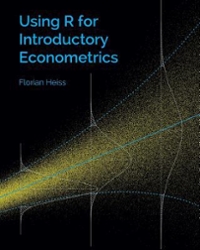Question
An economy is initially described by the following equations: C = 400 + 0.85(Y - T). I = 1000 - 40 r. (M/P) d =
An economy is initially described by the following equations:
C = 400 + 0.85(Y - T).
I = 1000 - 40 r.
(M/P)d = Y - 100r.
G = 1,000.
T = 1,200.
M = 10,000.
P = 4.
a.Derive and graph the IS curve and the LM curve. Calculate the equilibrium interest rate and level of income. Label that point A on your graph.
b.Suppose that a newly elected president cuts taxes by 25 percent. Assuming the money supply is held constant, what are the new equilibrium interest rate and level of income? What is the tax multiplier? Show your work.
c.Now assume that the central bank adjusts the money supply to hold the interest rate constant. What is the new level of income? What must the new money supply be? What is the tax multiplier? Show your work.
d.Now assume that the central bank adjusts the money supply to hold the level of income constant. What is the new equilibrium interest rate? What must the money supply be? What is the tax multiplier? Show your work.
e.Show the equilibria you calculated in parts (b), (c), and (d) on the graph you drew in part (a). Label them points B, C, and D.
Step by Step Solution
There are 3 Steps involved in it
Step: 1

Get Instant Access to Expert-Tailored Solutions
See step-by-step solutions with expert insights and AI powered tools for academic success
Step: 2

Step: 3

Ace Your Homework with AI
Get the answers you need in no time with our AI-driven, step-by-step assistance
Get Started


